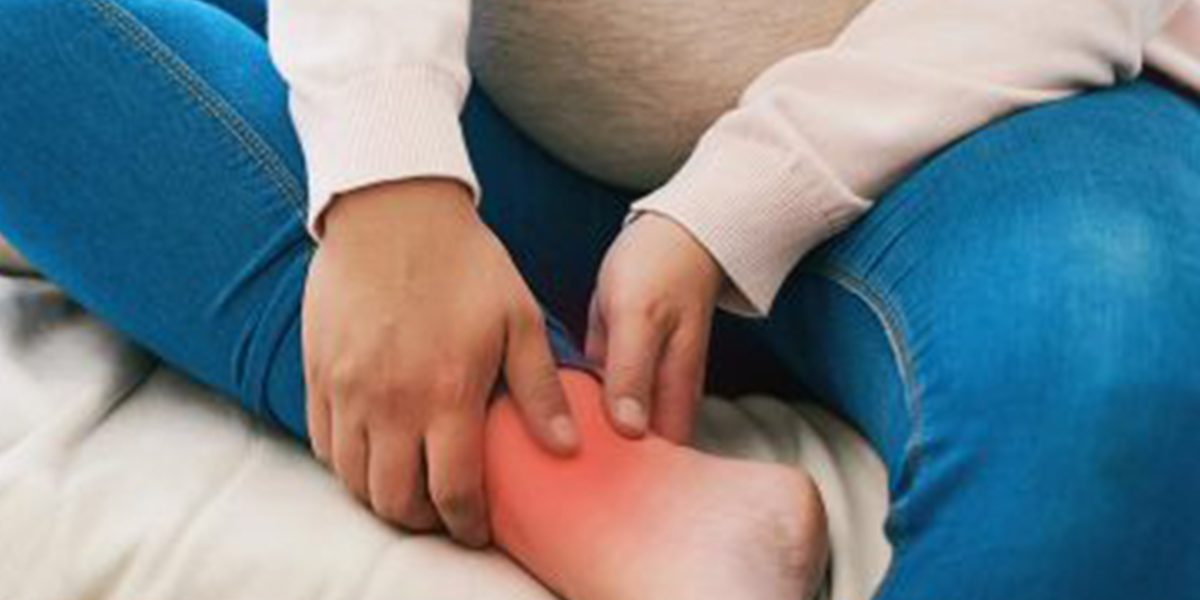Expectant mothers go through several discomforts and Swelling during pregnancy, especially in the ankles and feet. It is a common concern for many. In this blog, let us learn the reasons behind pregnancy-related swelling, when and where it’s likely to occur, and practical tips for managing and preventing it from causing discomforts.
Reasons for Swelling during Pregnancy
The are three main reasons for swelling or oedema during pregnancy. They are as follows:
- During pregnancy, your body produces more blood than usual to support the growth of your baby.
- As the baby grows, the uterus exerts pressure on the veins returning blood from your legs to your heart, hindering smooth circulation.
- Pregnancy causes hormonal changes and certain hormones soften the walls of your veins, making it challenging for them to function effectively.
Further, thesecauses blood to pool in the legs, leading to a gradual leakage of a small amount of blood into the surrounding tissues, resulting in visible and palpable swelling.
Areas that are typically affected
The primary areas affected by swelling are the feet and ankles. While your fingers may also experience some enlargement, it shouldn’t be noticeably swollen.
Swelling is more likely to occur later in the day due to the gravitational pull on any accumulated fluid. It occurs especially if you stand for a very long time. Additionally, swelling tends to increase as you progress further into your pregnancy.
Practical Tips to Reduce swelling
Managing swelling during pregnancy involves adoptingsimple yet effective strategies:
- Avoid standing for a long time without movement.
- Choose comfortable footwears to wear, without the tight straps that might pinch if your feet swell.
- Regularly put your feet up to help minimize swelling.
- Reduce the intake of salty foods.
- Try to sleep on your left side as this position facilitates blood return to the heart, aiding proper circulation.
- Do regular exercise or engage in activities like walking or swimming to promote healthy blood circulation.
If standing for long durations is unavoidable, make an effort to move around and change your position regularly. Consider using compression stockings to facilitate blood flow back to the heart and limit swelling. Additional relief might be found through massage and reflexology.
Normal vs Abnormal Swelling
While mild, gradual swelling is a typical part of pregnancy, there are instances where it could indicate a more serious concern. Contact your healthcare provider if:
- Swelling is present at the start of the day and doesn’t subside with rest.
- Your face or hands show signs of swelling.
- The swelling exceeds from what you’ve experienced before.
These could be warning signs of pre-eclampsia, a severe condition linked to high blood pressure during pregnancy. Similarly, if one leg appears significantly more swollen than the other, it might signal a potential issue like deep vein thrombosis(DVT ).
To Conclude
Remember, most swelling is a natural part of pregnancy and tends to resolve after childbirth. However, any concerns, regardless of their seeming insignificance, warrant a discussion with your doctor. Thus, stay informed, and seek guidance whenever needed for a healthy and happy experience.








